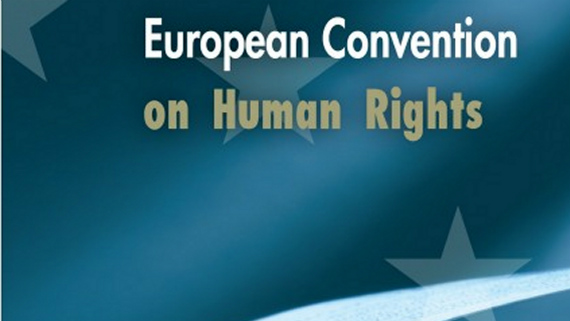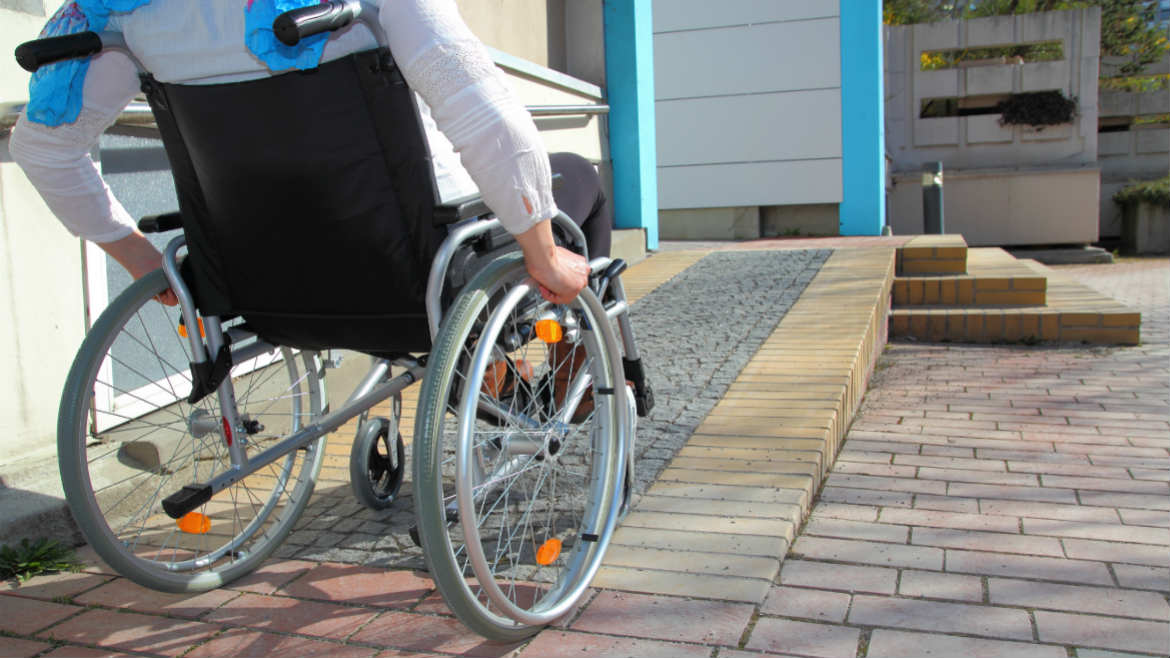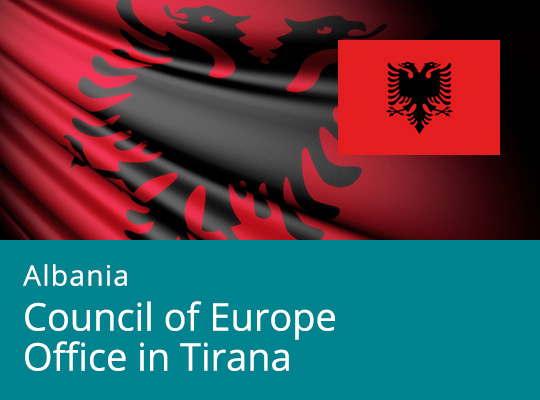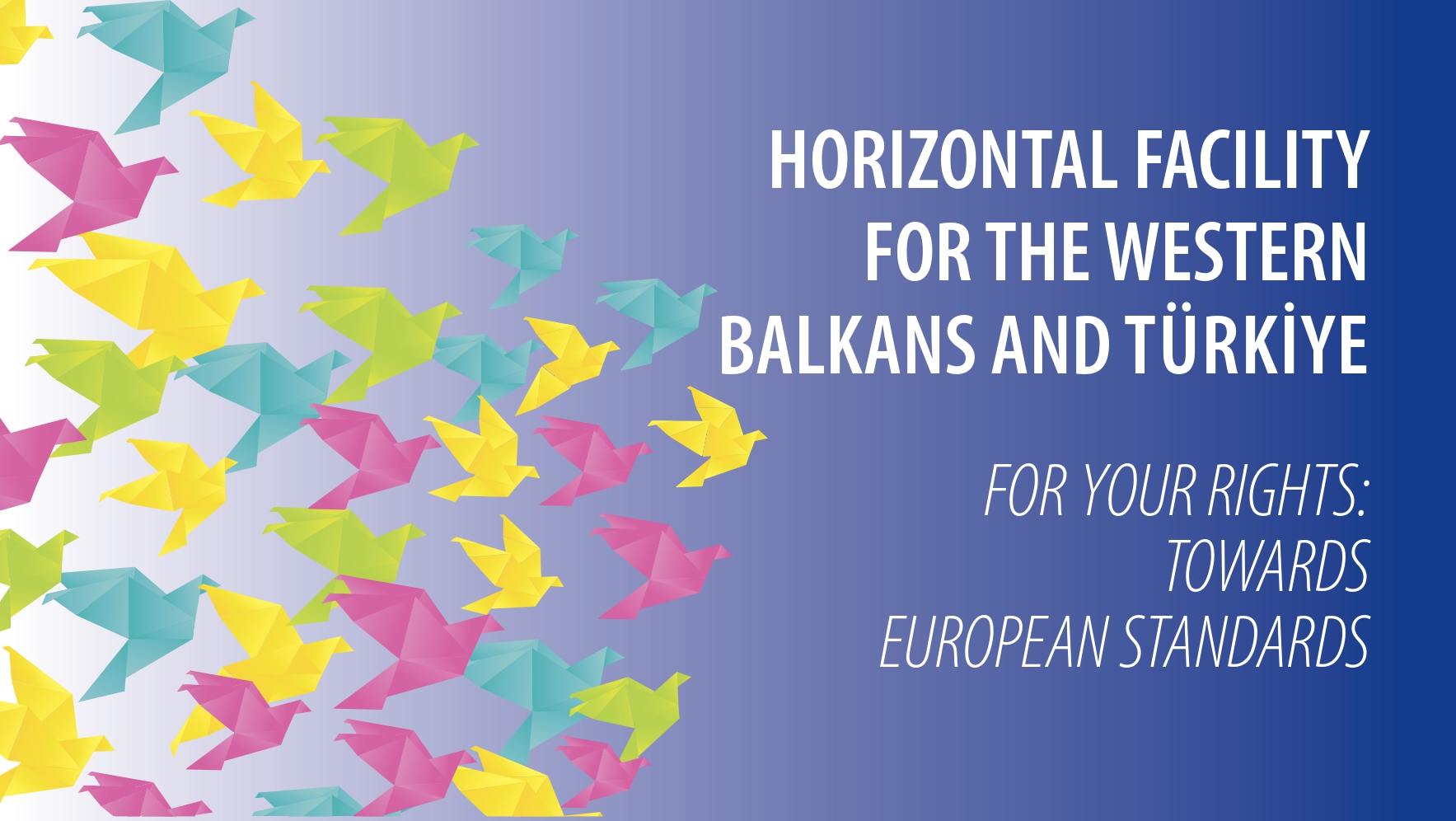The advent of new technologies for the digital transmission of audio-visual content has called policy-makers and regulators at the national and international level to elaborate new solutions for the broadcasting sector; in fact, perhaps each and every speaker in the first section today has highlighted the challenges of the task. Instead, it remains key to look at digital technologies as to an opportunity to improve the quality and the richness of broadcasting services in these days.
However, this is not to downplay the difficulties of the digital switchover, a process that indeed presents a number of complexities; it is perhaps because of this concern that in 2003 – in the Recommendation on freedom of expression in the media in Europe[1] – the Assembly has suggested that all the Member States should incorporate the European Court of Human Rights case-law in their national legislations as a way to harmonise national approaches and spread best practices. The Court has repeatedly put the greatest emphasis on the need to safeguard freedom of the media and pluralism avoiding unduly concentrations in the market and its rulings have offered a comprehensive collection of guidelines of the utmost importance for the national law-makers and regulators that face the challenges of the digital switchover.
Setting the regulatory landscape of digital television is a multi-layered process that involves both the law-makers as well as the regulators, typically in the form of an independent authority, and develops through a number of different stages. It is a mistake to think that such a demanding endeavour could be quick and easy to complete and that, moreover, could be exhausted already at the stage of law-making. On the contrary, even after the approval of the law implementation will remain crucial and the process of license allocation will play a fundamental role.It is undoubtedly in the matter of licensing that the European Court of Human Rights has released some of the decisions that most closely deal with the field of broadcasting. The relevant findings can be broadly grouped in three main categories
First, a series of decisions focus more closely on the procedural requirements of the allocation of licenses. The Court has clarified that rules, standards and any requirements for the award of licenses have to be decided at the domestic level by the national authorities – it is their exclusive responsibility to allocate spectrum capacity. At the same time though, the licensing procedures have to be consistent with such requisites as non-arbitrariness and transparency.[2] The case law also explains that Article 10 requires the rejection of license applications be motivated on exclusively technical grounds rather than being politically oriented.[3] The Court has thus made clear that the decision process must be oriented towards achieving values such as “the impartiality and objectivity of reporting and diversity of opinions through a national station”, and the audience’s right to “hear to diversified thoughts”.[4]
Second, The Court has paid attention to the structure of the market and has put the strongest emphasis on the need to stimulate competition and avoid excessive concentration in the hands of few big players, whether public or private, also in line with the robust tradition, in this regard, of the European Court of Justice. Regulators must guarantee “effective access to the market” and avoid that any “powerful economic or political group in society is permitted to obtain a position of dominance over the audio-visual media and thereby exercise pressure on broadcasters and eventually curtail their editorial freedom”.[5] Guaranteeing that competition and free market forces operate in the sector is thus key to serve the interest of the public to receive diversified information, while at the same time it is also a specific and substantial right of the undertakings in the pursuit of enterprise activities. The Court has stressed how reducing competition in the audio-visual sector amounts to a failure by the State to comply with its positive obligation to put in place an appropriate legislative and administrative framework to guarantee effective media pluralism; market concentration and oligopoly have thus to be avoided as a paramount aim for the national authorities.
The third tier of recommendations starts from here and somehow goes even farther. If avoiding market concentration is an objective of paramount relevance, the Court has also found that the number of competitors is not the only proxy for the diversity of the broadcasting landscape and more can be done to achieve content diversity. In this respect, the national regulators have to provide for a combination of provisions that operate at different levels. Hence, the Court allows for some forms of content regulation if they are aimed to enhance the diversification of the informative landscape.[6] When it comes to translating such principles into practices in regard to the digital switchover, a provision such as that resulting from the combined wording of Art 63 and Art 70 of the new Law on Audiovisual Media – which allows audio-visual programme service licensees to hold digital network licenses in conjunction, provided that they reserve at least 40% of their multiplex capacity to other operators – could be very efficiently and successfully complemented by an ad hoc licensing regime that by providing specific requirements could help raise the level of content diversity enjoyed by the audience. In those countries where network operators are also allowed to hold licences as providers of programme services, it is common practice for the regulators to include must-carry rules and content specifications to ensure that diversity is not stifled by such arrangements. This is not just a possibility but increasingly a specific requirement for national regulators.
All these three tiers of judicial findings share a common rationale as they all aim to achieve diversity and plurality in the broadcasting landscape. Further to this, the Court case-law is again helpful to identify what acceptations of pluralism have been embraced by the Council of Europe lately. Voices representing the different positions within the political spectrum must of course receive full and adequate representation, as the Court has stressed in a number of different occasions. However, whereas the representation of different political opinions is perhaps the original (and most acknowledged today) expression of the value of pluralism, the Court has been keen to stress how diversity needs to be safeguarded in a number of other perspectives and has proclaimed the need for broadcasting capacity to be allocated in such ways that give representation to all different ideas, identities and interests that exist within the society. Culture, language and religion are three fields whose diversity the Court has traditionally acknowledged as worth being protected, for instance, and has thus allowed national authorities to include specific requirements in this respect.[7]
In sum: National authorities face three different tiers of positive obligations in light of the case-law of the Court: first, the licensing procedures must be transparent, fair, and provided by the law. Second, concentration has to be avoided and regulation must allow the market to accommodate the largest possible number of competitors. Third, pluralism as a principle means both plurality of voices and diversity of content, meant in a broad and comprehensive acceptation not just limited to the political arena. When multiplex and broadcast licenses can be held jointly, it is fundamental that the licenses include requirements to ensure that linguistic, religious, cultural and the whole spectrum of social differences find space on the screen.
Furthermore, it is worth recalling that what used to be “best practice” is now becoming increasingly understood as a part of a full-fledged positive obligation standing on member states and their authorities. Recent decisions such as Ozgur Gundem[8], VgT Verein[9] and Manole[10] have progressively and inexorably recognised that pluralism is in fact a specific and substantial facet of the right to receive information provided for by Art 10 of the Convention; therefore, member states are under a positive obligation to take action and ensure a pluralistic media landscape to the citizenry.
While other countries whose legislation and regulatory toolkits have been drafter back in the past years are now struggling to take up the principle and are therefore lagging behind, the digital switchover happening today in Albania thus poses a challenge but perhaps most importantly opens an opportunity to enhance freedom of expression and access to information, and become a shining model of advanced, affective and ground-breaking regulation for other countries in the European sphere.
[1] Recommendation 1589 (2003), 28 January 2003.
[2] Glas Nadezhda Eood and Elenlov v. Bulgaria, No. 14134/02, 11 October 2007; Meltex Ltd. and Mesrop
Movsesyan v. Armenia, No. 32283/94, 17 June 2008
[3] In a case before the Commission: Haider v. Austria (1995) 83 DR 66.
[4] Tele 1 Privatfernsehgesellschaft mbH v Austria, No. 32240/96, 21 September 2000.
[5] Centro Europa7 and Di Stefano v. Italy, No. 38433/09, 7 June 2012.
[6] Informationsverein Lentia, No. 13914/88, 15041/89,15717/89, 15779/89, 17207/90, 24 November 1993.
[7] Demuth v Switzerland, November 2000.
[8] Özgür Gündem v. Turkey, No. 23144/93, 16 March 2000.
[9] gT Verein gegen Tierfabriken v. Switzerland, No. 24699/94, 28 June 2001.
[10] Manole and Others v. Moldova, No. 13936/02, 17 September 2009.









